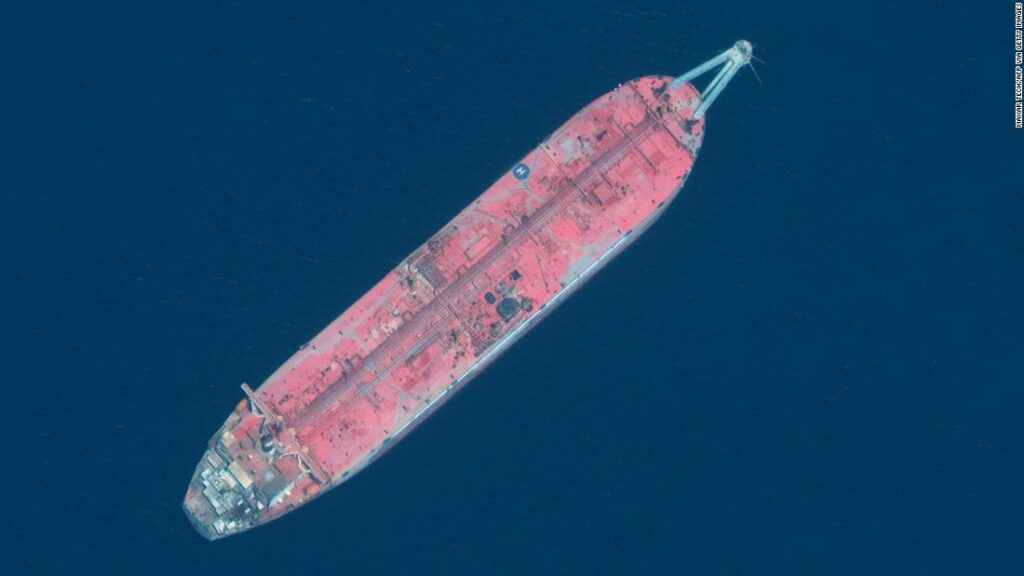Decaying oil tanker could disrupt clean water supply for 9 million people

The FSO Safer tanker — which contains 1.1 million barrels of oil, or more than four times the amount spilled in 1989 by the Yemen is also “particularly vulnerable” due to its reliance on major ports near the tanker, such as Hodeidah and Salif, through which 68% of The rebels, who control the area where the ship is located, have previously blocked UN inspectors from assessing the vessel, despite asking the world body for assistance. The Houthis have however repeatedly blamed the Saudi-led coalition fighting them for preventing UN inspectors access to the tanker.In November 2020, an agreement was reached with Houthi forces on the scope of work need to make the vessel secure, according to Inger Andersen, Executive Director of the UN Environment Program (UNEP). But in June, she warned that despite the agreement reached, the planned assessment mission had not been deployed yet “due to “political and logistical obstacles.””As a result, we still do not know the exact condition of the vessel, nor what the best solution would be to deal with 1.1 million barrels of oil in an ageing tanker located in an environmentally sensitive area of the Red Sea,” Andersen said at the time. “The Red Sea is one of the planet’s most important repositories of biodiversity” hosting a number of species, such as marine mammals, sea turtles, sea birds and many others, Andersen said. “Even if the response activities were to be initiated immediately after an oil spill, it would take years for the ecosystems and the economies to recover,” she said.







